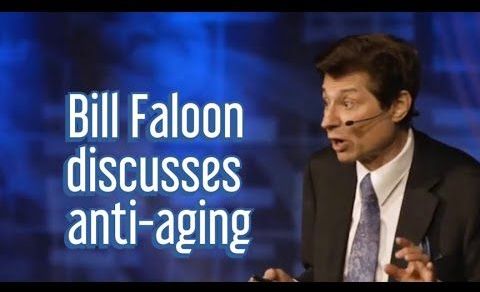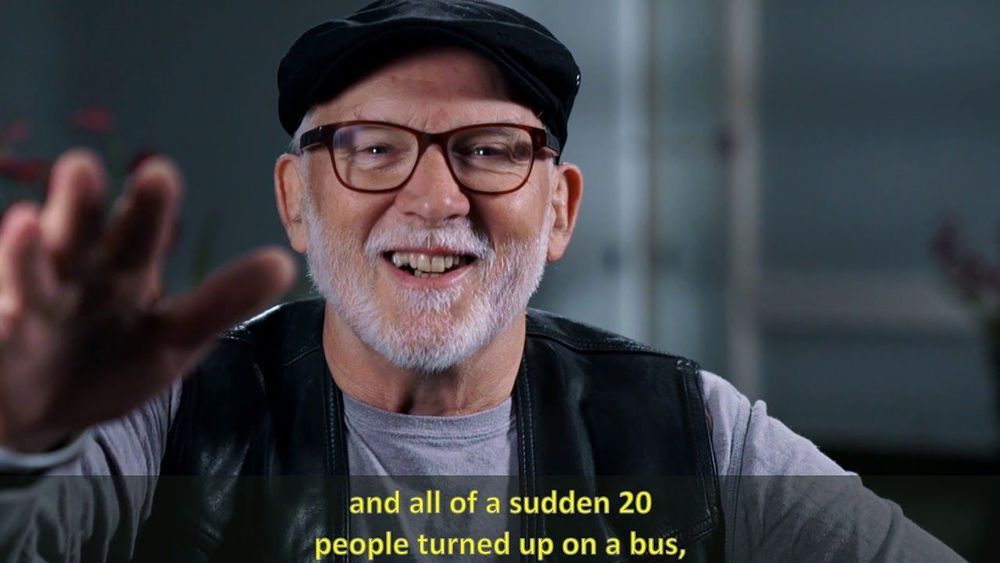Dec 18, 2019
How to Slow Aging (and even reverse it)
Posted by Pat Maechler in categories: biotech/medical, food, genetics, life extension, neuroscience
Scientists like Prof Sinclair have evidence of speeding up, slowing, and even reversing aging.
Thanks to LastPass for sponsoring this video. Click here to start using LastPass: https://ve42.co/VeLP
What causes aging? According to Professor David Sinclair, it is a loss of information in our epigenome, the system of proteins like histones and chemical markers like methylation that turn on and off genes. Epigenetics allow different cell types to perform their specific functions — they are what differentiate a brain cell from a skin cell. Our DNA is constantly getting broken, by cosmic rays, UV radiation, free radicals, x-rays and regular cell division etc. When our cells repair that damage, the epigenome is not perfectly reset. And hence over time, noise accumulates in our epigenome. Our cells no longer perform their functions well.
Continue reading “How to Slow Aging (and even reverse it)” »

















